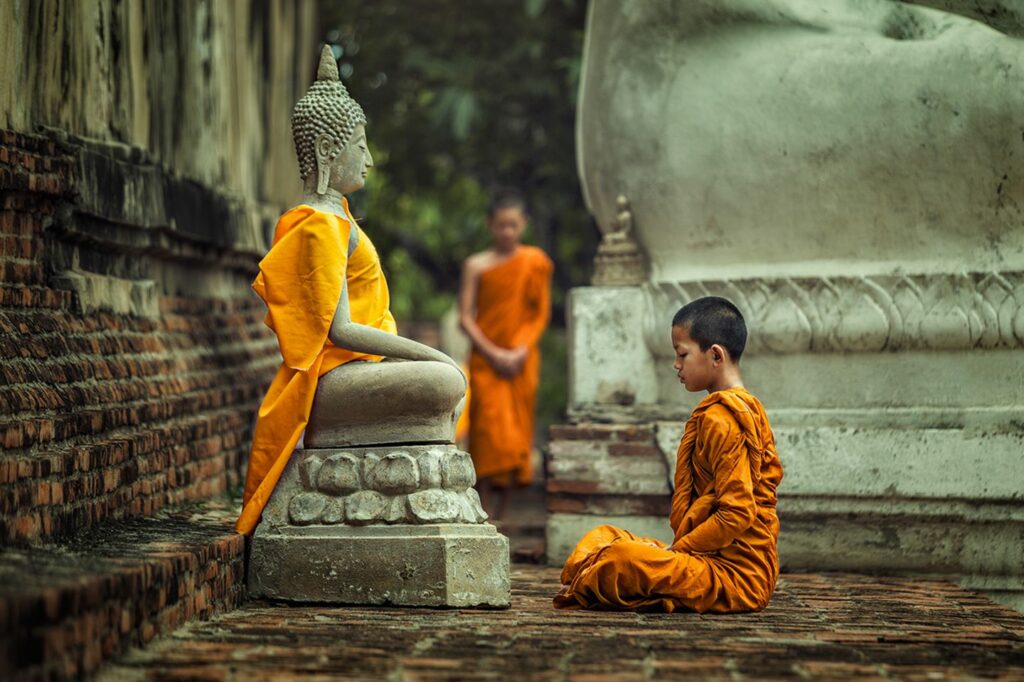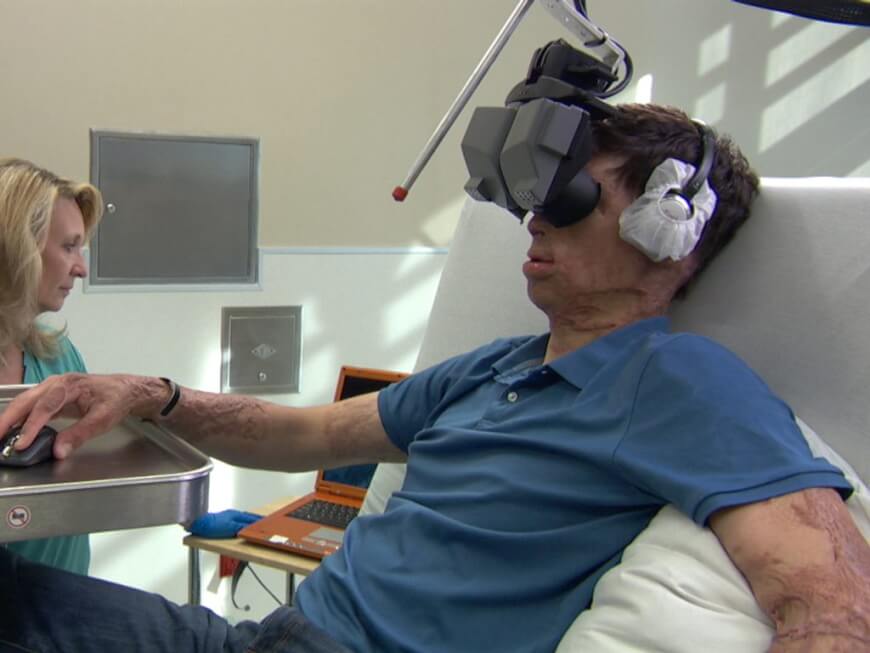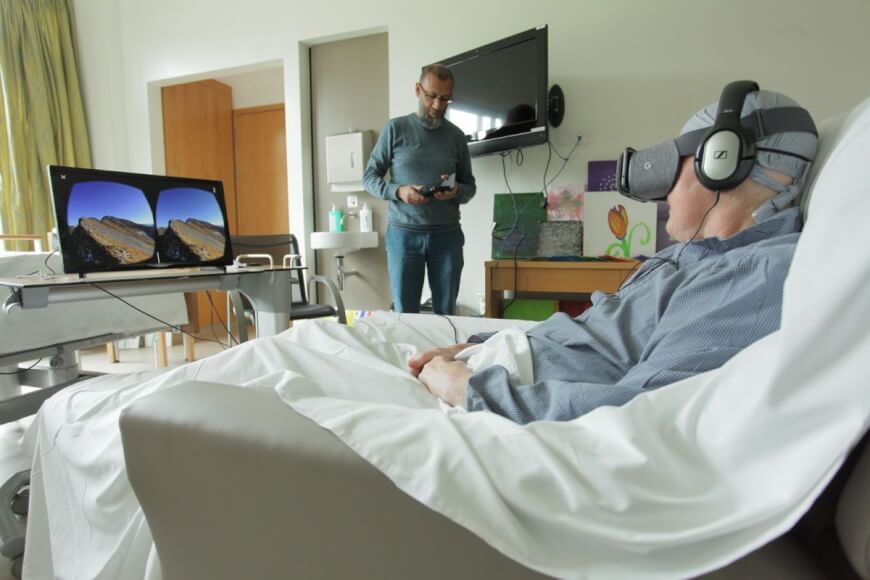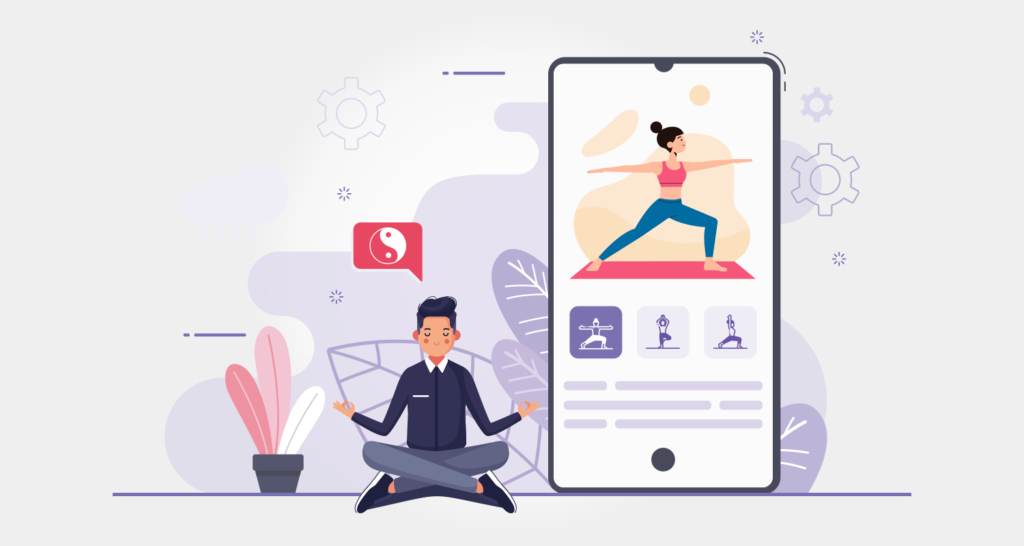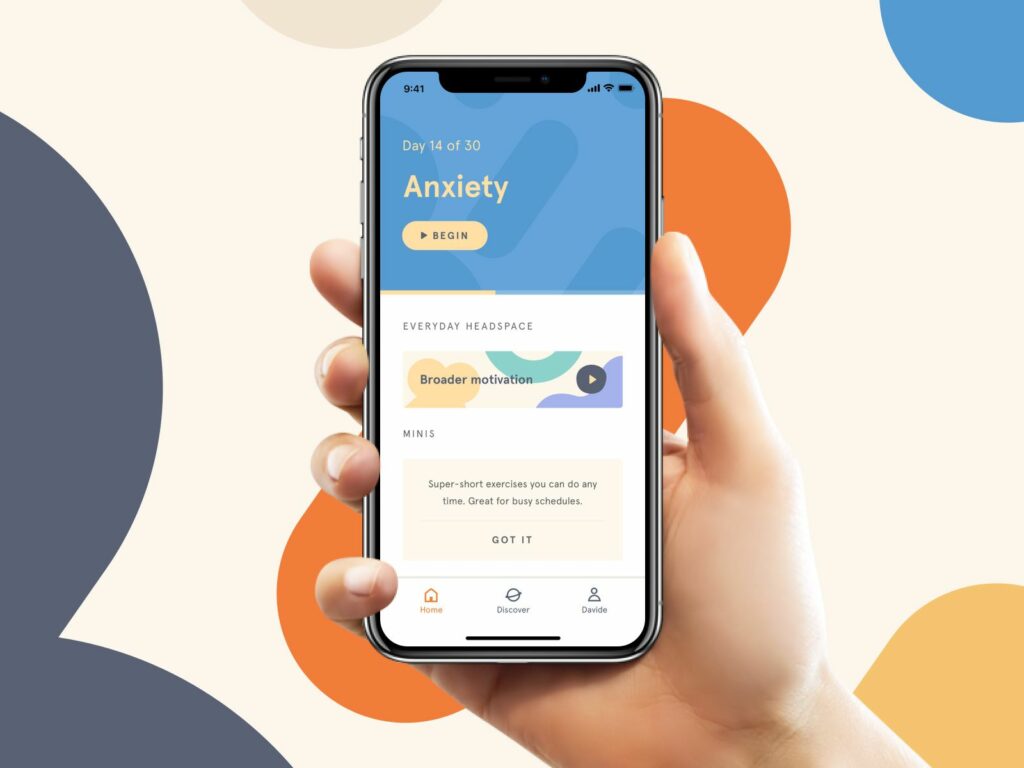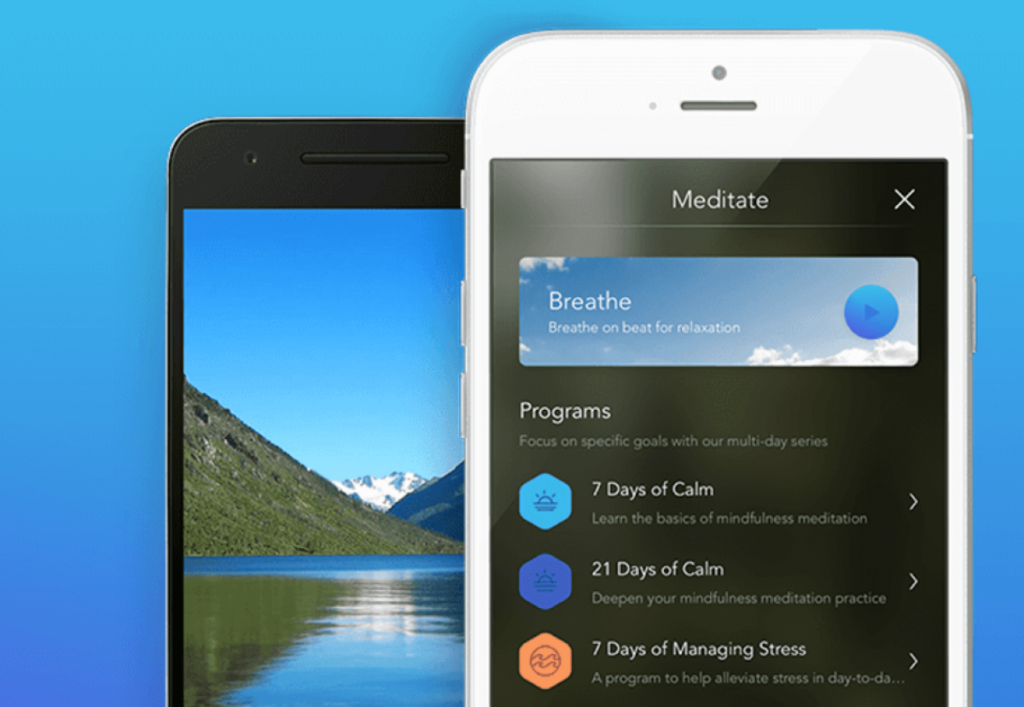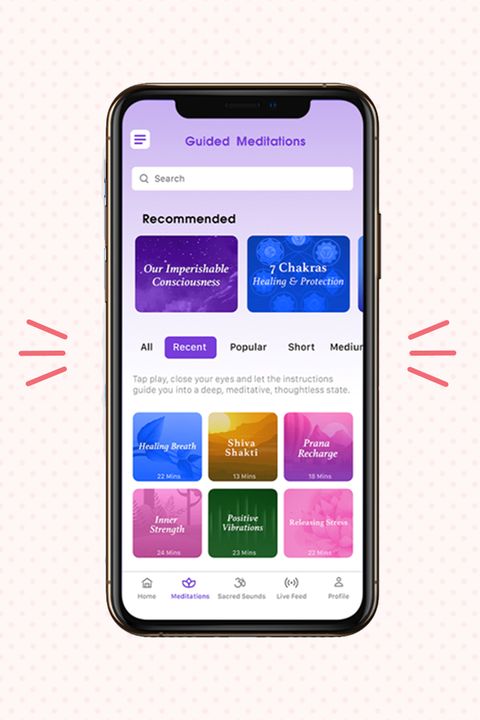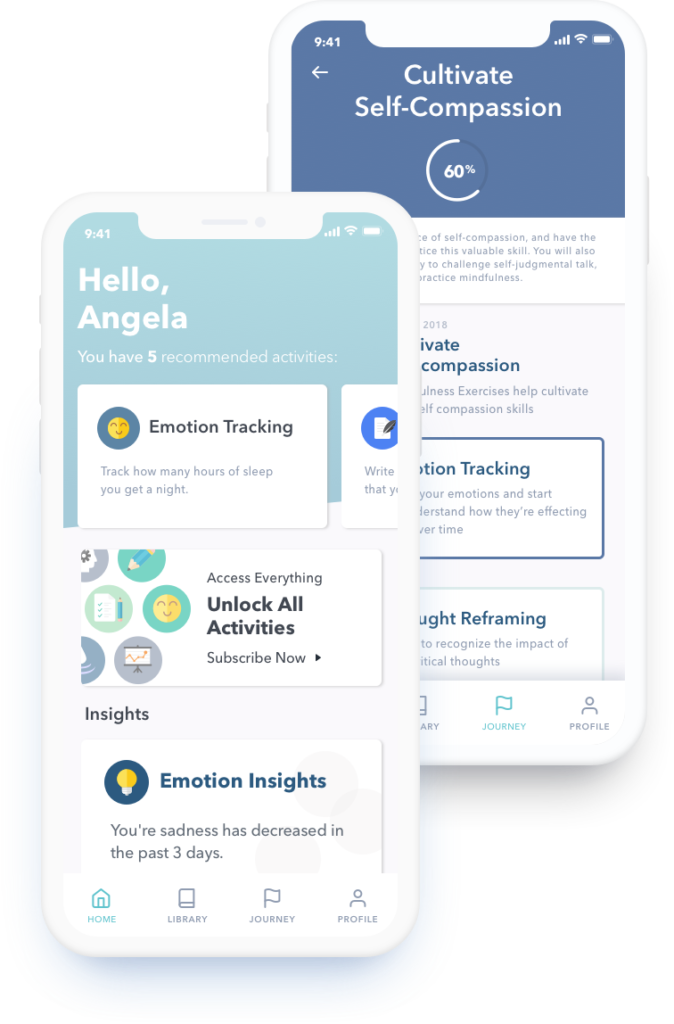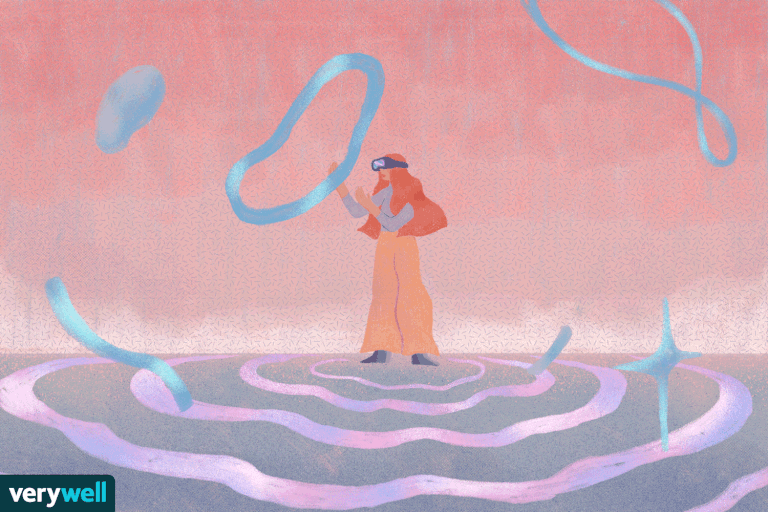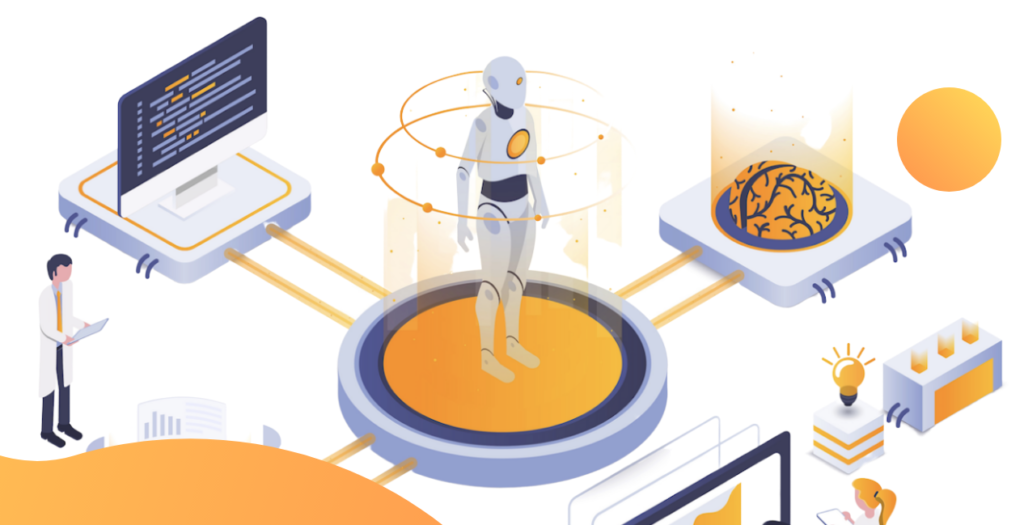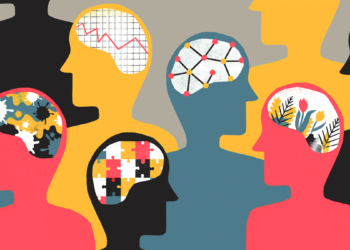“According to the National Center for Complementary and Integrative Health, meditation can help reduce stress, chronic pain (such as headaches), and blood pressure, as well as help you quit smoking and better navigate a variety of mental health conditions” (CANNING, 2020).
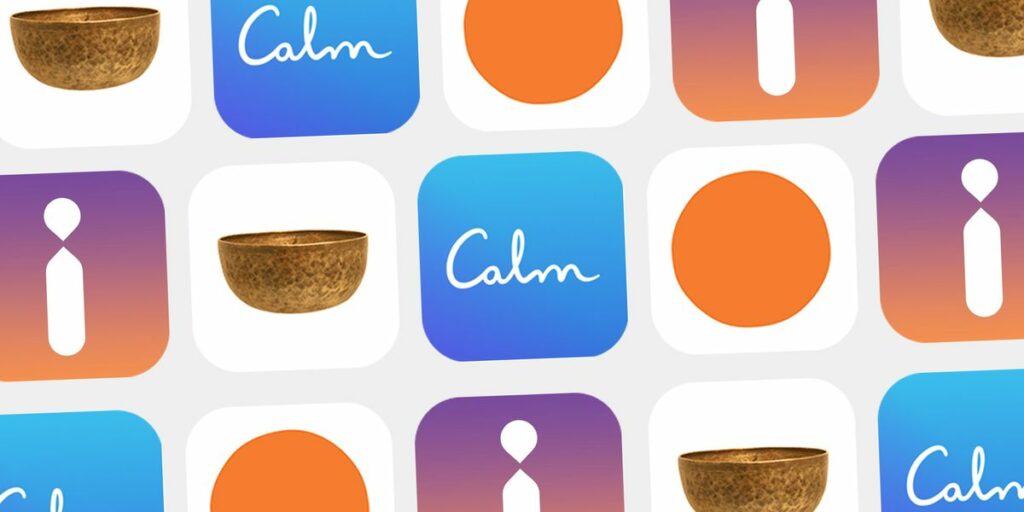
The new direction of my thesis topic brought with it some things that I had to thought about. As I decide on meditation for helping people improve their mental health by preventing anxiety, stress, and depression. The first thing that I decided to do was user research for preventing that there is no interest in users from using something like this. As a second step, I look for what is available in the market, and what people liked about the existing app. As the last step for this semester, I thought about the app structure. With all these steps after a hard semester, I can say that I am on a good way to continuing with the main part of the project that is developing.
After choosing the new topic for the project the first thing I decide to do was user research to find out if it was or not a good idea. For these, I decided to interview different people that are into the meditation practice, most of them gave me positive feedback on an app. The first thing that I was interested to ask about was if they think that is helpful to use an app for meditation, circa 85% of the interviewers told that yes and that some of them already use an app for it. The user explained to me that they do not want an app that teaches but more an app that has different content for different purposes. The main reason for this is that most of the user doesn’t have much time spend it on the learning process. User expectancies of the app are guided to information capsules for different purposes like sleep, focus, anxiety, stress, depression, mindfulness, and more all these capsules must be thought to improve mental health or to keep it at good levels. The research also shows that having time, difficulties level, and guides meditations can be useful for the app. Another result of the research was that most of the users find the app they use confused and not friendly for using, this means that here I can have an advantage in developing the app. This gave me the impulse to look for what is available on the actual market.
As soon as you look for the meditations app in your smartphone store, this one will give you a recommendation about which one can be the best for you. These recommendations are based on the number of downloads and reviews, so most users expect that the app they choose is good. In the meditation and mental health market, there are a few apps that show app first when you look for meditation. It is hard to give each app a specific position so I will just mention the app and its main purpose. Calm app lets you choose between your meditation practice. After all, the app provides guided sessions ranging in time from 3 to 25 minutes. And with topics from calming anxiety to gratitude to mindfulness at work—as well as sleep sounds, nature sounds, and breathing exercises—you can choose your focus. Experts across the board agree that Insight Timer is primo when it comes to choosing a meditation app.
“This app has many of the most experienced mindfulness teachers on it, and allows you the freedom to pick and choose depending on how long you have to practice, what style you’d like (e.g. body scan, loving-kindness, anxiety/stress-reducing, etc.), or just set a timer and sit without guidance,” Tandon says. On the other side, the Headspace app offers the widest variety of meditations, with the best-guided sessions for beginners, as well as less-structured programming for pros. Its easy-to-use interface was also the most streamlined.
Many different sites recommended different structures and base things that this kind of app should have. Now I am still investigating which structure combination can be the best for a rough prototype for trying out with users. In many sites they recommend different structures and organizations but, I look through it and I find things that can be improved to something better. Even due for the moment I can not says clearly what will be or how it will be organized.
Source:
https://www.mindful.org/how-to-meditate
https://www.mayoclinic.org/tests-procedures/meditation/in-depth/meditation/art-20045858
https://www.healthline.com/health/mental-health/top-meditation-iphone-android-apps
